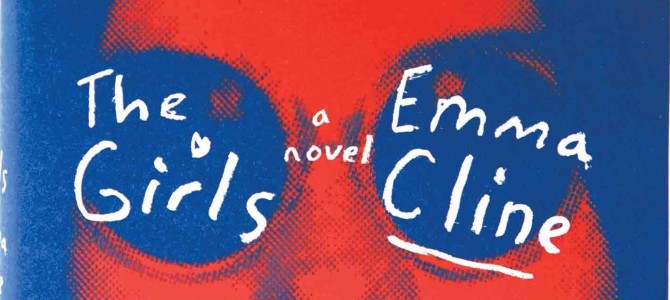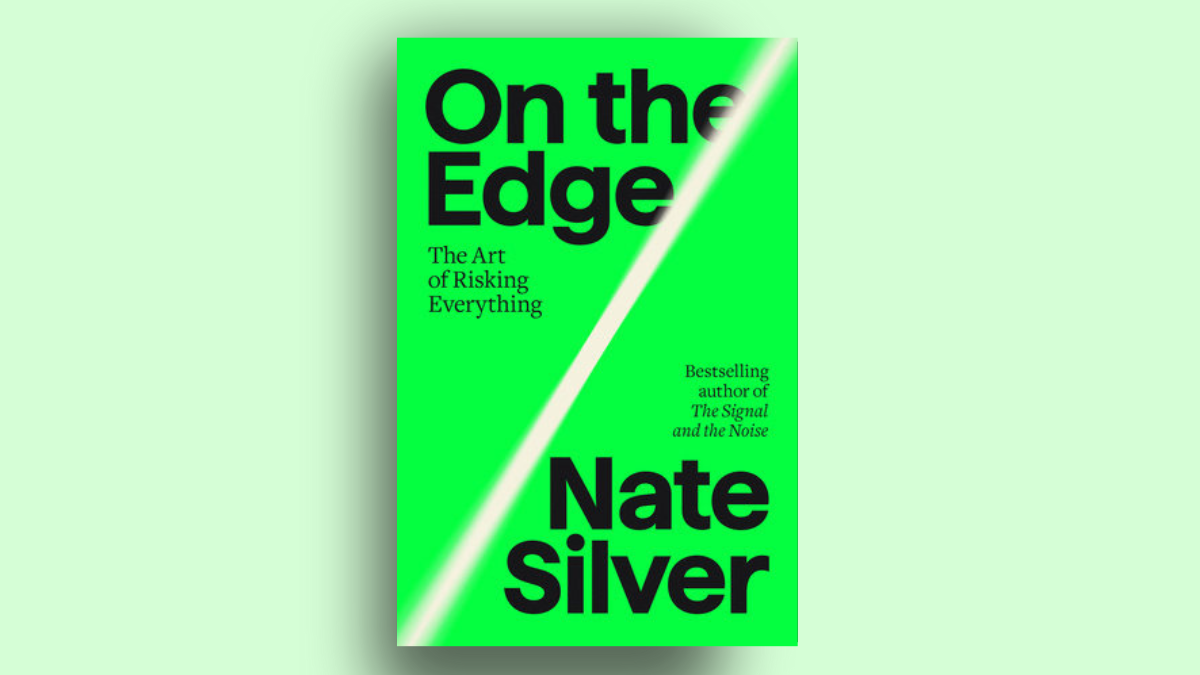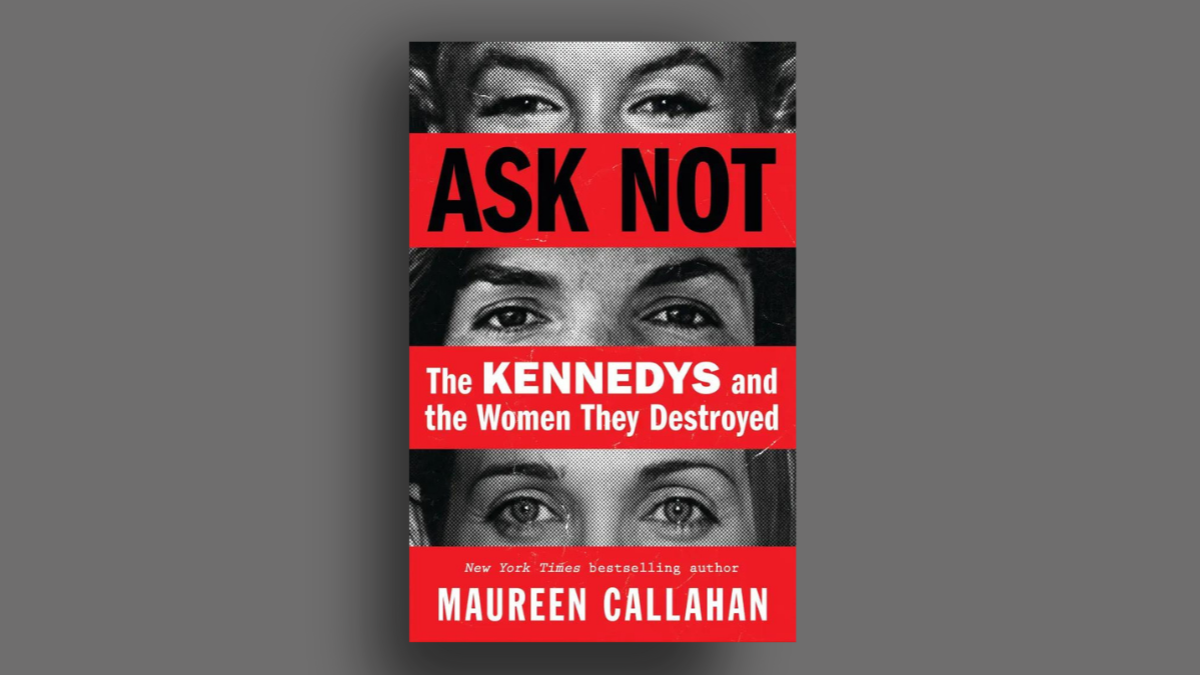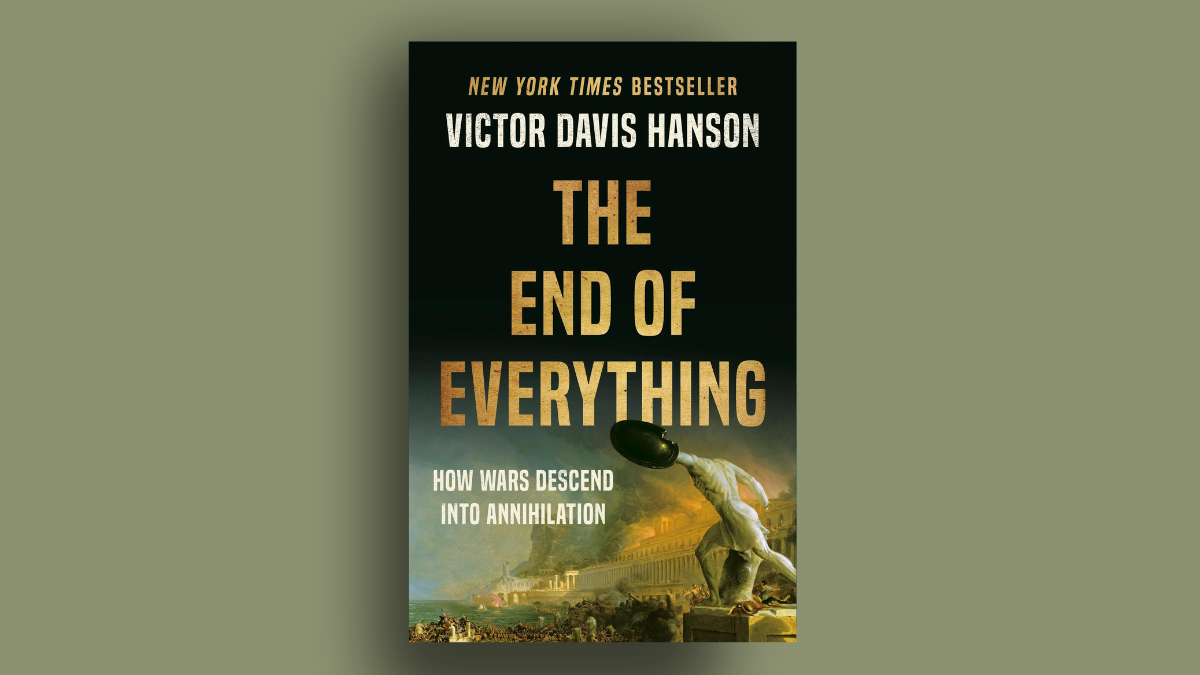
A two-million dollar advance for her first three books ratcheted up expectations for twentysomething Emma Cline’s 2016 debut novel The Girls, an intimate remodeling of the Manson family murders. She met and exceeded these expectations, in some ways: Ranking on “best of the year” lists in Entertainment Weekly and New York means that, despite its grisly subject, The Girls will be a popular beach read.
And yet the combined sting of the epic advance and Cline’s young age seem to have contributed a sour note to otherwise favorable reviews in The New York Times and The New Yorker. First they applaud the author for insight beyond her years, and then they criticize her for overwritten sentence fragments that overpower the reader with misplaced fire. But women who remember what it was like to be fourteen, as Cline certainly does, are more likely to recognize realism in the descriptive bursts of melodrama.
The novel’s action takes place when narrator Evie Boyd is fourteen years old, from that searing point of view. We get, in Evie’s hometown, “The copse of trees that had always looked vaguely attended by evil.” In Manson-avatar Russell’s dank bedroom, it’s Evie’s “Eyes coursing the fleur-de-lis pattern of a filthy bedspread.” And outside that den of sin, inconsequentially, “Clouds drifting across the blue, outlined in neon.” Cline, via her narrator, imbues the commonplace with a perfunctory, noncommittal intensity sharper than what it deserves, just as we all did at that age.
Helter Skelter
Heroine and first-person narrator Evie Boyd, now a wilted wallflower, remembers her months in the Manson-like cult as the most vivid and most dangerous time of her life. Present-day Evie, adrift in late middle age, is house-sitting at a friend and former lover’s northern California beach house when his grown son, an arrogant, drug-dealing college dropout, shows up unannounced with his fifteen-year-old girlfriend in tow. They ask her about the murders. Their morbid curiosity triggers her private recollections of an episode never far from her mind…
Evie was an almost-witness to fellow cult members’ senseless murder of a rockstar’s ex-girlfriend, child, housekeeper and guests. It’s a foggy reflection of the most famous of the Manson family’s “Helter Skelter” murders, the slaughter of actress Sharon Tate and her famous friends—the news event that captivated everyone’s fears in the summer of 1969 and turned the sixties into a bad trip, forever enshrined in the mythic annals of American weird.
The same technique that caught grief from The New York Times, choppy ultra-detailing, brings alarming intimacy to the well-known terrifying subject. What’s ordinary at “the ranch,” in the novel a derelict mansion where “the family” of runaway teen girls and dope-addled devotees camps out, is a state of near-starvation and decay limned by the occasional glamour of a celebrity guest’s passing through. Evie doesn’t notice the rot anymore after a while.
Joining The Circus
Instead it clarifies in contrast her liberal mother’s materialism; she’s a divorcee and a caged spirit, dabbling in yoga and vegetarianism. Charles Manson, as he might have appeared to a junior inductee in the months before the murders, reflected in the novel’s Russell Hadrick, would have known just what to say to Evie’s mother. But even more than seduction by Russell, the charismatic master-manipulator of vulnerable young women, Evie falls prey to the nineteen-year-old Suzanne from the day she spots her in Petaluma Park—a feral, black-haired beauty flanked by hippie handmaidens, inhumanly free.
After a fight with her best friend, and another with her mother, she bikes fast and far until her chain breaks. Her rescuers happen along in a black-painted school bus, the family en route to the ranch. Their bus has been gutted and decked out with musty oriental rugs and pillows, made to look like an opium den.
Evie’s thought often of Suzanne, with an obsessive curiosity only intensified since that first sighting in the park, so when the bus pulls over for her, it’s a thrill to ride along wherever they’re bound. Cline manages to shock us with a horror story we already know by pulling the murders close enough to implicate everyone, from the intimate perspective of a lonely girl who could be me or you. Given the opportunity to escape awkward adolescence into the wild embrace of “the family”—who wouldn’t join the circus?
Women Chosen By Violence
Key details align with history, like the bus: the Manson family’s famous 1950s school bus still sits abandoned in Death Valley, where they left it the day of their arrest. And in the novel, their rockstar patron Mitch Lewis is an avatar for Manson’s friend and Beach Boys drummer Dennis Wilson; like Dennis did, Mitch hangs around, offers Russell a record deal and avails himself of the girls. Mitch’s house is the setting of the murders in the novel, suggesting he’s Cline’s convenient composite of all the Hollywood types under Charlie Manson’s spell.
Cline also takes liberties, leaving out the most blatantly psychotic Mansonisms, his infamous race war fantasy and documented acts of sexual torture. It could be that some vicious nuances of Russell’s madness simply fall outside Evie’s view, as the murders do (Suzanne doesn’t let her come along); her imperfect witness to history allowed her to survive in something akin to innocence, keeper of a cautionary tale she doesn’t often divulge. But it could also be that the factual realities of the Manson family and the real ranch where they lived together mean less to the author than the desire that populated it, a vibe she tuned in to. In an essay “Women Chosen by Violence,” published in Paris Review a couple years ago, Cline revealed her intimate study of the Manson girls.
…I watched those videos, and read the blogs devoted to tracking the Manson girls who are still alive, who now have families and jobs and ended up in places like Vermont and Arizona. In interviews, a few of them look wistfully into the camera. They speak fondly of their time on the ranch. It was something I could understand. They had been welcomed at the ranch, given nicknames both childish and aspirational. They had been held tightly and told they were unlike anyone else. I was not so different. We all wanted to be chosen in some way. Maybe it’s just an accident which women are chosen by violence.
The New Yorker reviewer doubts the timeliness of Cline’s subject, unconvinced in the end that “there was anything personally or historically necessary about Cline’s decision to raid the American-culture store and pluck one of the best-known and most lurid episodes from the shelf.”
Evil Just Doesn’t Get Enough Credit
But these doubts only confirm how urgently of-the-moment it is. The ease of letting evil in has never been more obvious and more broadly ignored. Evil just doesn’t get enough credit these days. The same prevailing counterculture that permitted Manson persists today, so mainstream it’s almost invisible. The ranch is a concentrated pocket of a movement that rejected Judeo-Christian mores and the nuclear family, institutions which are today either out of fashion or under attack, depending whom you ask.
They left a gaping need, which the “family” filled with its vile imitation. Institutions that framed the giving and receiving of love became the laughingstock of a loud and prominent minority. Manson’s manipulative power proves that the common need of love and belonging, and the sting of loneliness in their absence, grows ripe enough to be weaponized when its traditional sources decay.
This novel couldn’t be more timely. The hippies that ridiculed their parents’ values now have children of their own. They’re the people in charge, and there’s little to suggest their values have changed much. If you’ve any doubt the sixties ethos reigns mainstream, consider corporate music festivals trying and failing to replicate the spirit of Woodstock; the fact that marijuana is now legal in a narrow majority of America; or the state of California, hemming, hawing and hand-wringing about the inhumanity of capital punishment, having kept Charles Manson alive to this day on death row. (And on a lighter note, that the intersection of Haight and Ashbury, the infamous hippie breeding ground where Charles Manson recruited his first disciples, is now, absurdly, the site of a Ben and Jerry’s.)
The timeliness of Cline’s brilliant breakout effort lies in her seizing on the ho-hum of hippiedom, the fact that ideas that used to be radical now inform the domestic and international policies of the White House. The Girls holds up an historical but intimate, timelessly human and scarily of-the-moment mirror to a modern amorality allowing evil to thrive in plain sight.
Subverting Family Values
The reality of evil is nearest, easiest to envision in the denial of love to a child. Cline’s Russell instructs the mothers of his children not to mother them. One conspicuously unattended toddler with a perpetually sagging diaper and long fingernails he uses to claw at the other children is an unsettling feature of the ranch at first.
Suzanne glanced at me as we kept going, reading my confusion. “Russell doesn’t want us to get too attached to the kids. Especially if they’re ours.” She let out a grim laugh. “They aren’t our property, you know?[”…] It took me a moment to process this idea that parents didn’t have the right. It suddenly seemed blaringly true. My mother didn’t own me just because she had given birth to me. Sending me to boarding school because the spirit moved her. Maybe this was a better way, even though it seemed alien. To be part of this amorphous group, believing love could come from any direction. So you wouldn’t be disappointed if not enough came from the direction you’d hoped.
Fourteen-year-old Evie wasn’t exactly denied love leading up to her time at the ranch but she desired more than she got from her self-absorbed parents. She’s bitterly lonely and growing apart from her boring best friend when the black bus pulls up to her curb, and meanwhile she’s been overfed the syrupy lyric of love from teen magazines and 45s—a type of love she always felt too average to deserve.
Evie’s is an ordinary coming-of-age story: The social fixtures of her childhood—parents and best friend—fall from power in a reorienting toward the opposite sex. But her coming-of-age trajectory is one we enter into knowing it’s a death march toward the murders, and toward Evie’s future as the haunted spinster whose cooler, unhurried narration opens the novel.
Imagine There’s No Heaven
So there is no hopeful unknown adulthood awaiting Evie, and the Manson saga is monomyth enough that the dark heart to which this retelling builds up is also the predetermined end of Evie’s future. We know she survives into the present day trapped in the ghostly half life of an erstwhile-innocent fourteen-year-old, in her heart still a half-conscious handmaiden to evil. It makes no difference that she didn’t participate in the murders, wasn’t even a witness, because she was a victim too: She never quite gets over a loyalty to Suzanne, the otherworldly older girl who inducted her, never far from wondering what she could have done to stop it all.
The author’s intention to portray the nearness and reality of evil is right on the surface, so obvious it’s easy to overlook. There aren’t many references to God or to scripture in The Girls. Only three that I remember. When she gratefully drinks up Russell’s focus for the first time, “Eve, the first woman,” he says, paying her the extra attention of his hand on the small of her back. She corrects him, doubting herself, “It’s Evelyn, really.” The image conjured, if not too much of a stretch, is one of evil creeping in. Evil was waiting for the freedom of a post-moral landscape like “the ranch” for its chance to thrive.
Later, when Evie’s still new at the ranch, still conscious of its stench but rapt in Suzanne’s presence, she observes the current of “free love” passing among them with hopeful envy: “I wanted that—a sourceless, toneless wave carried from me to Russell. To Suzanne, to all of them. I wanted this world without end.” These words “world without end”—how “forever and ever” appears in the King James version of the Letter to the Ephesians—shows that someone in her actual family might have brought Evie to church, or at least that she encountered the idiom somewhere secular and remembered its weighty words.
The third invocation is the very last scene in the novel. Old maid Evie is walking along the coast after her surprise house guests’ departure. The friend’s son’s young girlfriend ignored her warning against following a swaggering ne’er-do-well—no good will come of Evie’s mistake in the end, but she knew that—and now that they’ve left together, she’s alone again. A strange man approaching on the empty beach makes her fear for her life momentarily, “Please, I thought. Please. Who was I addressing? The man? God? Whoever handles these things.” And the question hangs, while the man turns out to be no one, just a neighbor.
“Imagine there’s no heaven,” the John Lennon song goes, “It isn’t hard to do.” And The Girls makes it easier. Cline recasts the sixties in the shadow of an ever-present evil, a liminal amorality exposed: Tear down manners, faith and family, and find the face of evil, Charles Manson, Russell Hadrick, waiting in the post-moral void. Lennon’s next line, “No hell below us,” on the other hand…









